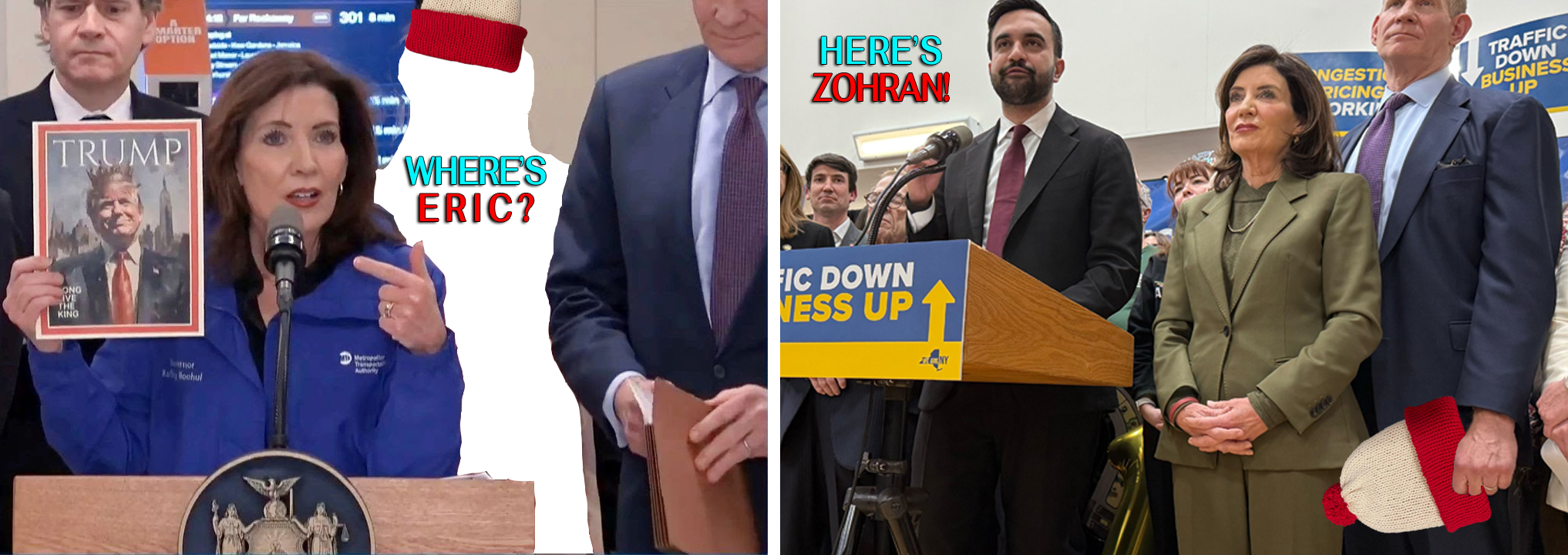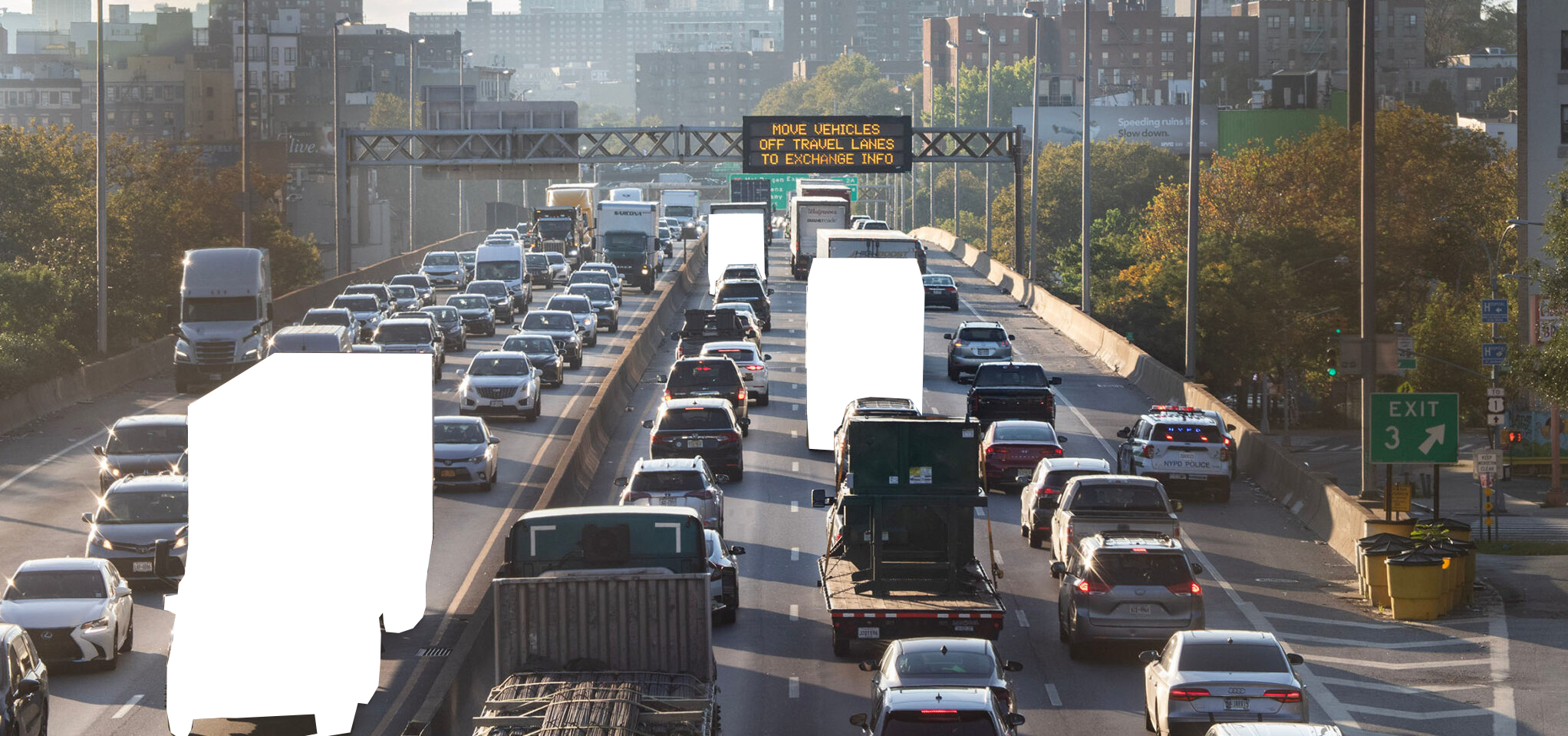The Times called some attention to New York City's cycling gender gap this weekend with a feature titled "Women, Uneasy, Still Lag as Cyclists in New York City." Judging from Christine Haughney's write-up, the gender imbalance among NYC cyclists is immutable and impervious to policies that seek to shake up the status quo on the streets:
Despite the city’s efforts to become more bike friendly, male cyclists in New York continue to outnumber female cyclists three to one, just as they have steadily over the past two decades.
No doubt the gender gap in NYC is real and substantial, but it seems to be getting smaller. For some reason, though, Haughney neglected to mention compelling evidence that the number of female cyclists in NYC is growing faster than the number of male cyclists.
In an online response to the Times story, NYC DOT cited a 2010 Department of City Planning study that includes detailed, year-over-year breakdowns of bike counts performed on several Manhattan routes [PDF]. From 2001 to 2008, the ratio of men to women riding in on-street bike lanes declined from a little more than six-to-one to a little less than five-to-one, with most of the change happening after 2005. Counting weekday cyclists on greenways, DCP found that the gender gap narrowed from about 1.9 men for every woman in 2002, to about 1.7 in 2008, with most of the change happening between 2006 and 2008.
Census data, presumably the basis for the Times' three-to-one male-to-female ratio, also paint a more nuanced picture than Times readers will come away with. According to a 2010 study by Rutgers University professor John Pucher [PDF], NYC's percentage of female bike commuters dipped from 25 percent in 1990 to 20 percent in 2000, before rebounding back up to 24 percent in 2008. So there has been some fluctuation in the past two decades, including a distinct uptick in the percent of women commuter cyclists over the last decade.
The Times does cite experts, including Pucher, who assert that safer bike networks attract a higher percentage of female cyclists. What never surfaces in the article is the widely held view that the best way to enhance perceptions of safety is to separate cyclists from traffic.
By the end of the piece, the question of how to make streets feel safe for cycling still feels shrouded in mystery. But the answers are not that elusive.
Researchers like Pucher, Harvard's Anne Lusk, and Portland State University's Jennifer Dill have all come to the conclusion that the share of female cyclists is higher where separation from traffic is more pronounced. Their positions are consistent with DCP's finding that the gender gap on NYC's greenways is substantially smaller than it is on painted bike lanes.
Providing more physical separation for cyclists is, basically, DOT's chief innovation in the realm of bike policy under Janette Sadik-Khan. The major bikeway projects of the past three years -- protected on-street lanes like those on Kent Avenue, Allen Street, and Prospect Park West -- are all designed to make cycling more accessible to a wider range of people.
When DCP conducted bike counts for its study, none of the on-street lanes were protected. Since then, some of the routes have been upgraded from painted lanes to protected lanes. So here's a prediction: Count cyclists at locations like Eighth Avenue and 26th Street, or Broadway and 28th Street, or Second Avenue and Seventh Street -- all places where DCP has data on male and female cycling rates -- and the gender gap won't look as wide as it used to.





